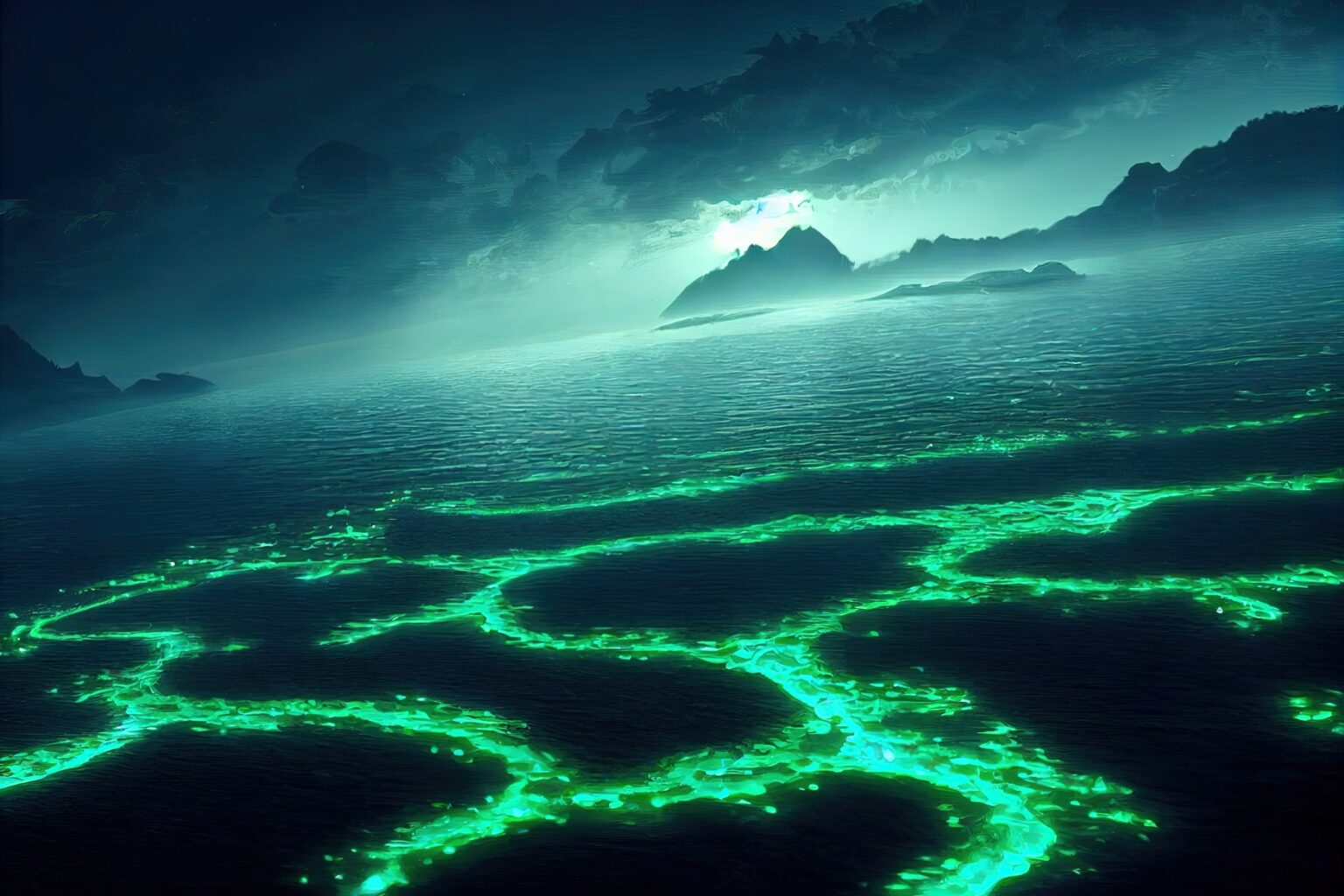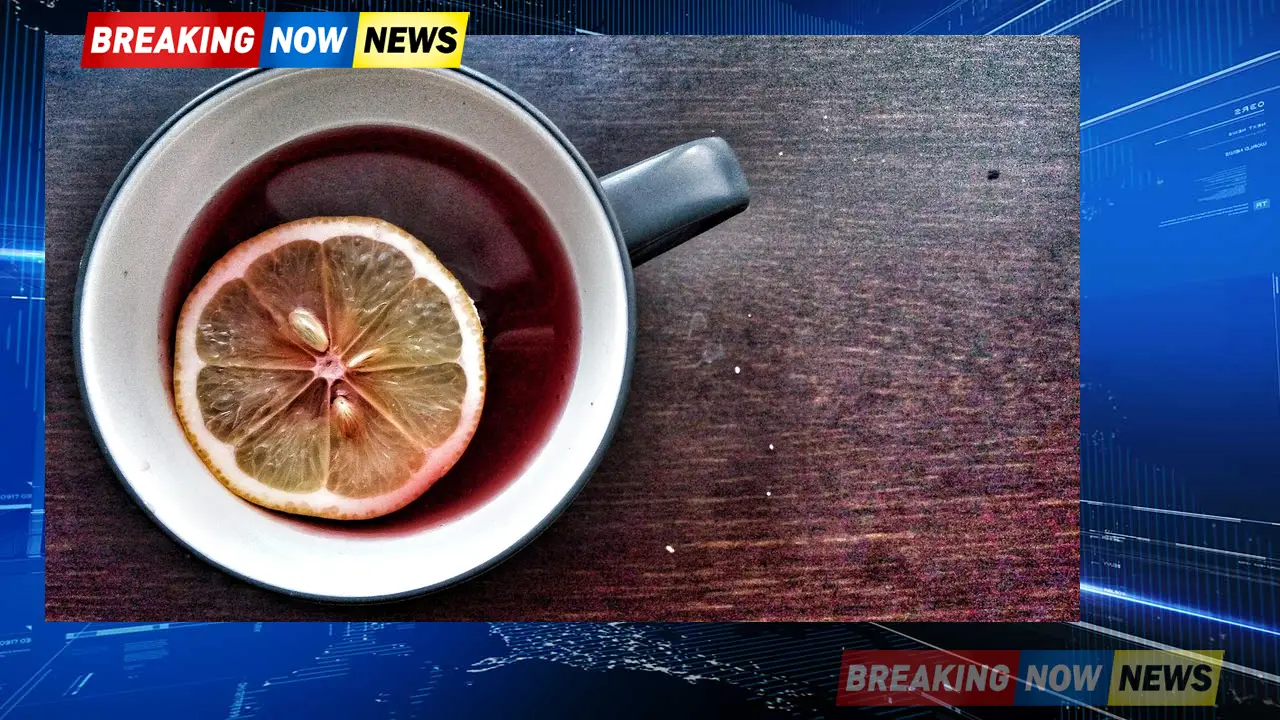Catch Bioluminescent Waves: The Best Beaches In SoCal During Spring And Fall

Table of Contents
Understanding Bioluminescent Waves in SoCal
Bioluminescence in the ocean is primarily caused by microscopic marine organisms called dinoflagellates. These single-celled creatures produce light through a chemical reaction when agitated by movement, such as waves crashing on the shore or a boat passing through the water. The intensity of the bioluminescence display depends on several factors.
- Water Clarity: Clear water allows the light produced by the dinoflagellates to be more easily visible. Murky water, filled with sediment or pollutants, will diminish the effect.
- Light Pollution: Areas with minimal light pollution, away from city lights, offer the best viewing conditions. The darker the surroundings, the more vibrant the bioluminescence will appear.
- Moon Phase: A new moon, or a moonless night, provides the darkest skies, maximizing your chances of seeing bioluminescent waves. A full moon can wash out the effect.
The best time for viewing is on dark nights, ideally during a new moon, when the water is calm.
- Optimal Water Temperatures: Water temperatures typically between 60-70°F (15-21°C) are often ideal for robust dinoflagellate blooms.
- Impact of Pollution: Pollution significantly impacts bioluminescence. Runoff from land containing fertilizers, pesticides, or sewage can harm dinoflagellate populations, reducing or eliminating the light show.
- Tips for Maximizing Viewing Opportunities: Avoid using bright flashlights or other artificial lights. Red light flashlights, which have less impact on night vision, are a better option.
Top Beaches for Bioluminescent Wave Viewing in Southern California (Spring & Fall)
While bioluminescence can occur sporadically along the SoCal coast, some beaches offer better chances of witnessing this phenomenon due to their environmental conditions.
Laguna Beach
Laguna Beach, with its sheltered coves and relatively calm waters, provides an excellent setting for observing bioluminescent waves. Main Beach and Woods Cove are particularly good options. The best time to visit is typically during late spring and early fall, when water temperatures are optimal and dinoflagellate blooms are more common. Parking can be challenging, especially during peak season, so arriving early is recommended.
Torrey Pines State Natural Reserve (La Jolla)
Torrey Pines State Natural Reserve offers dark skies and potentially less crowded viewing areas compared to other popular beaches. The secluded beaches along the reserve's coastline provide ideal conditions. Specific locations within the reserve, particularly those facing the open ocean, often yield the best results. Accessibility varies depending on the chosen location within the reserve; check the park's website for details on trail difficulty and parking information.
Other Notable Locations
While less frequent and less predictable, other SoCal beaches, including Malibu, Santa Monica, and Huntington Beach, have reported occasional bioluminescence displays. However, factors like higher levels of pollution and more turbulent waters in these areas reduce the chances of witnessing this phenomenon. If bioluminescence is not visible, these beaches still offer various other activities.
Planning Your Bioluminescent Wave Watching Trip
Best Time to Visit
Spring and fall are the optimal seasons for witnessing bioluminescent waves in SoCal. These months offer a combination of calmer waters and suitable water temperatures for dinoflagellate blooms.
Essential Gear and Tips
- Comfortable clothing and swimwear.
- A towel.
- A waterproof bag for your phone and other electronics.
- A red light flashlight (to preserve your night vision).
- A camera capable of capturing low-light photography. Consider using a long exposure setting and a tripod for best results.
Respecting the Environment
Remember to practice responsible beach etiquette. Avoid disturbing marine life, and always leave no trace behind. Preserve the beauty of these natural wonders for future generations to enjoy.
Catching the Magic of Bioluminescent Waves in SoCal
To recap, the best chances of experiencing bioluminescent waves in Southern California are during spring and fall, at beaches like Laguna Beach and Torrey Pines State Natural Reserve. Careful planning, including checking moon phases and weather conditions, and packing appropriate gear, will significantly increase your chances of witnessing this magical spectacle. Remember to respect the environment and leave the beach cleaner than you found it. Plan your trip today and experience the magic of bioluminescent waves in SoCal! Share your photos on social media using #SoCalBioluminescence.

Featured Posts
-
 8 Waaree Premier Energies
May 30, 2025
8 Waaree Premier Energies
May 30, 2025 -
 Kansas Faces Measles Resurgence What You Need To Know
May 30, 2025
Kansas Faces Measles Resurgence What You Need To Know
May 30, 2025 -
 La Bestia Sudamericana Agassi Y El Desafio De Marcelo Rios
May 30, 2025
La Bestia Sudamericana Agassi Y El Desafio De Marcelo Rios
May 30, 2025 -
 Instagram Die Stars Denen Steffi Graf Folgt
May 30, 2025
Instagram Die Stars Denen Steffi Graf Folgt
May 30, 2025 -
 Exploring Angela Del Toros Character In Daredevil Born Again
May 30, 2025
Exploring Angela Del Toros Character In Daredevil Born Again
May 30, 2025
